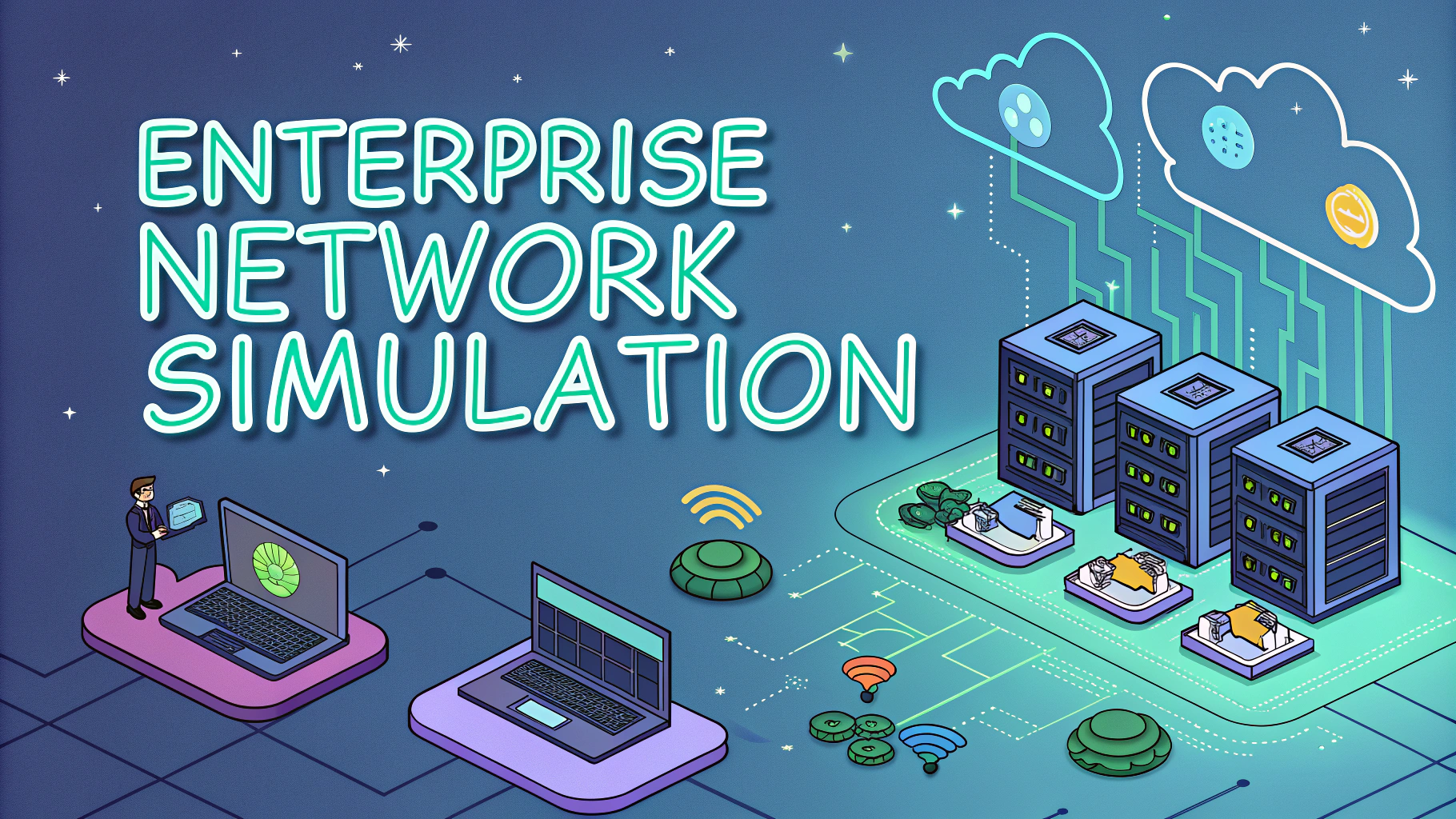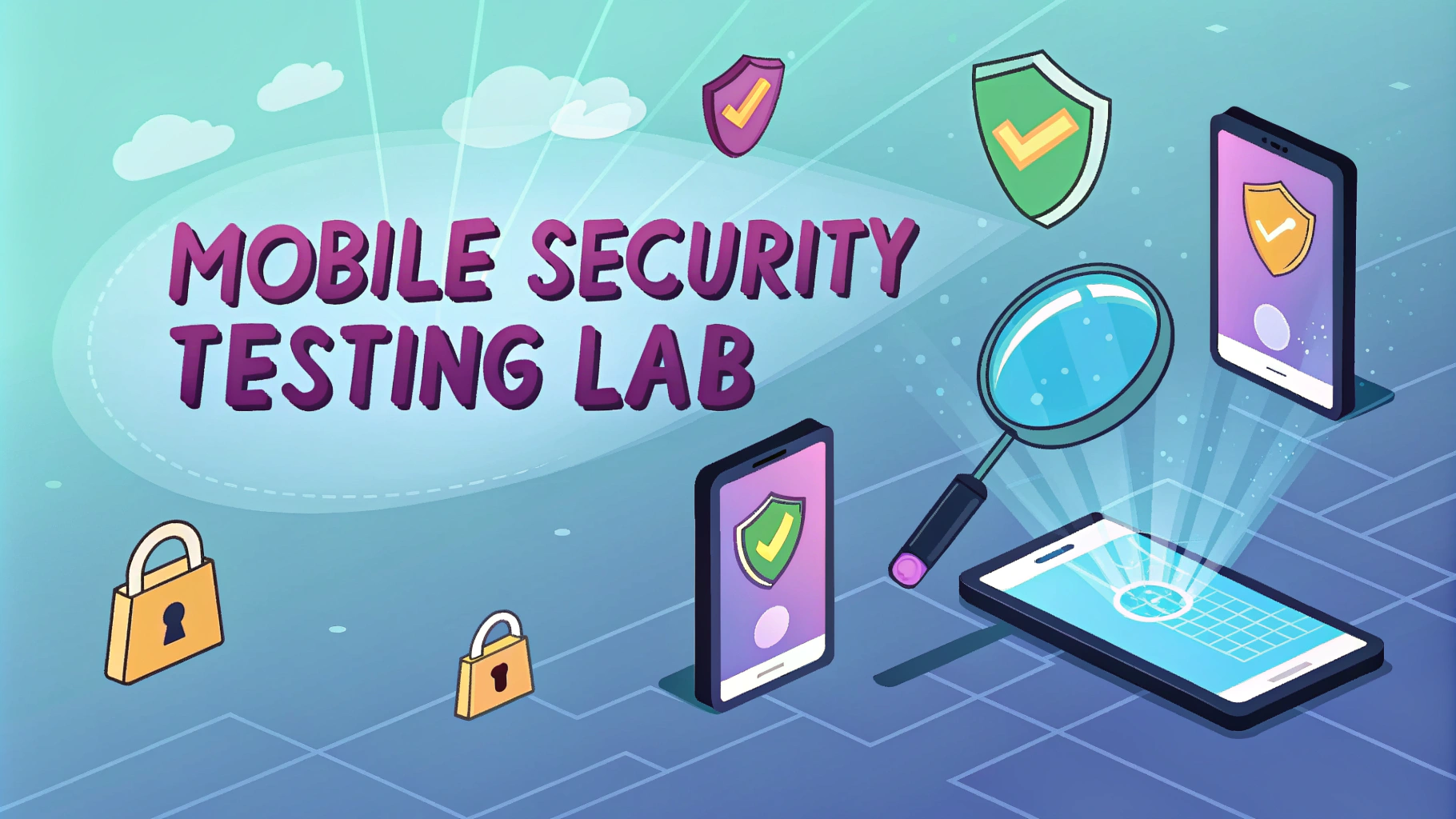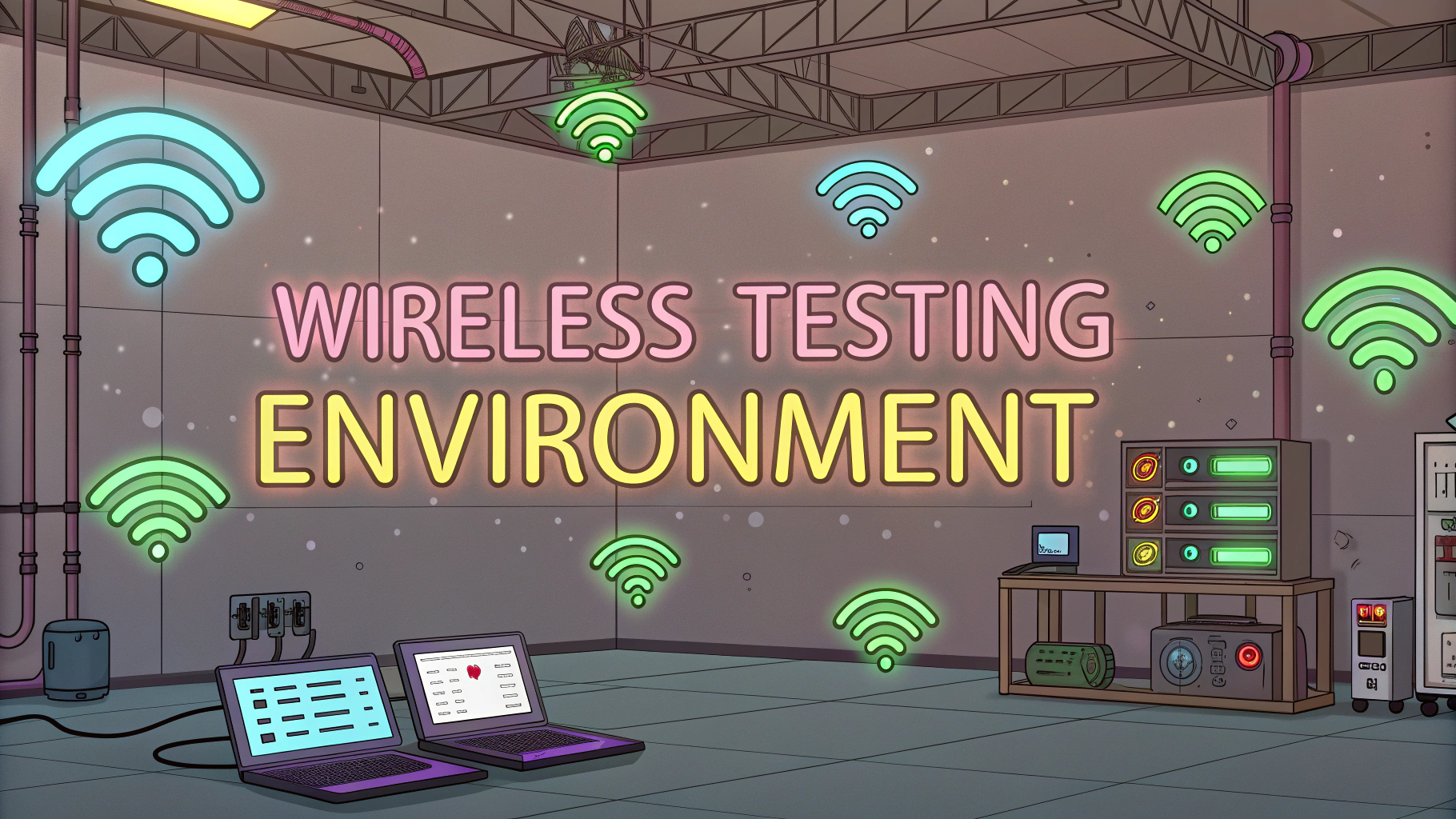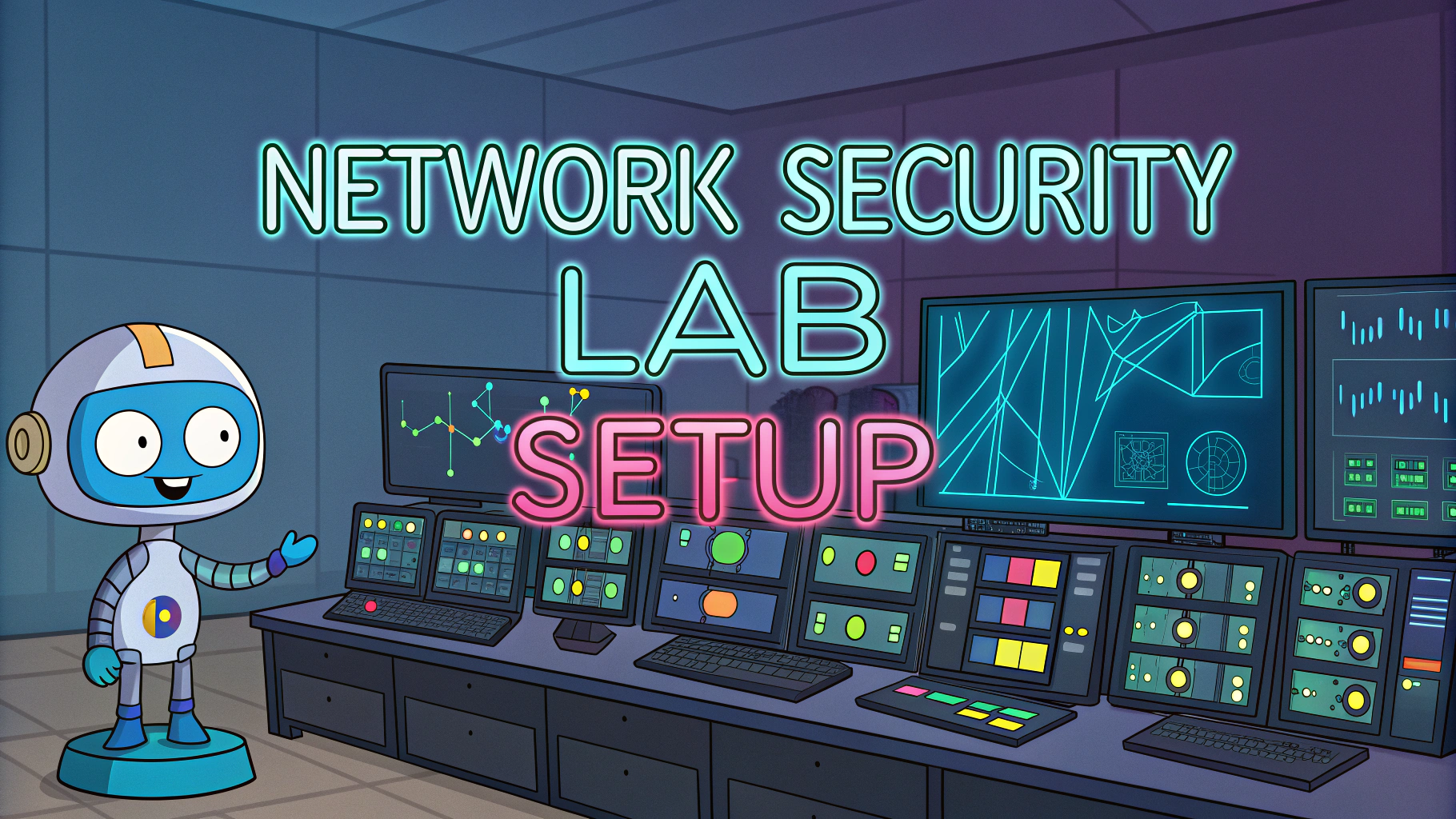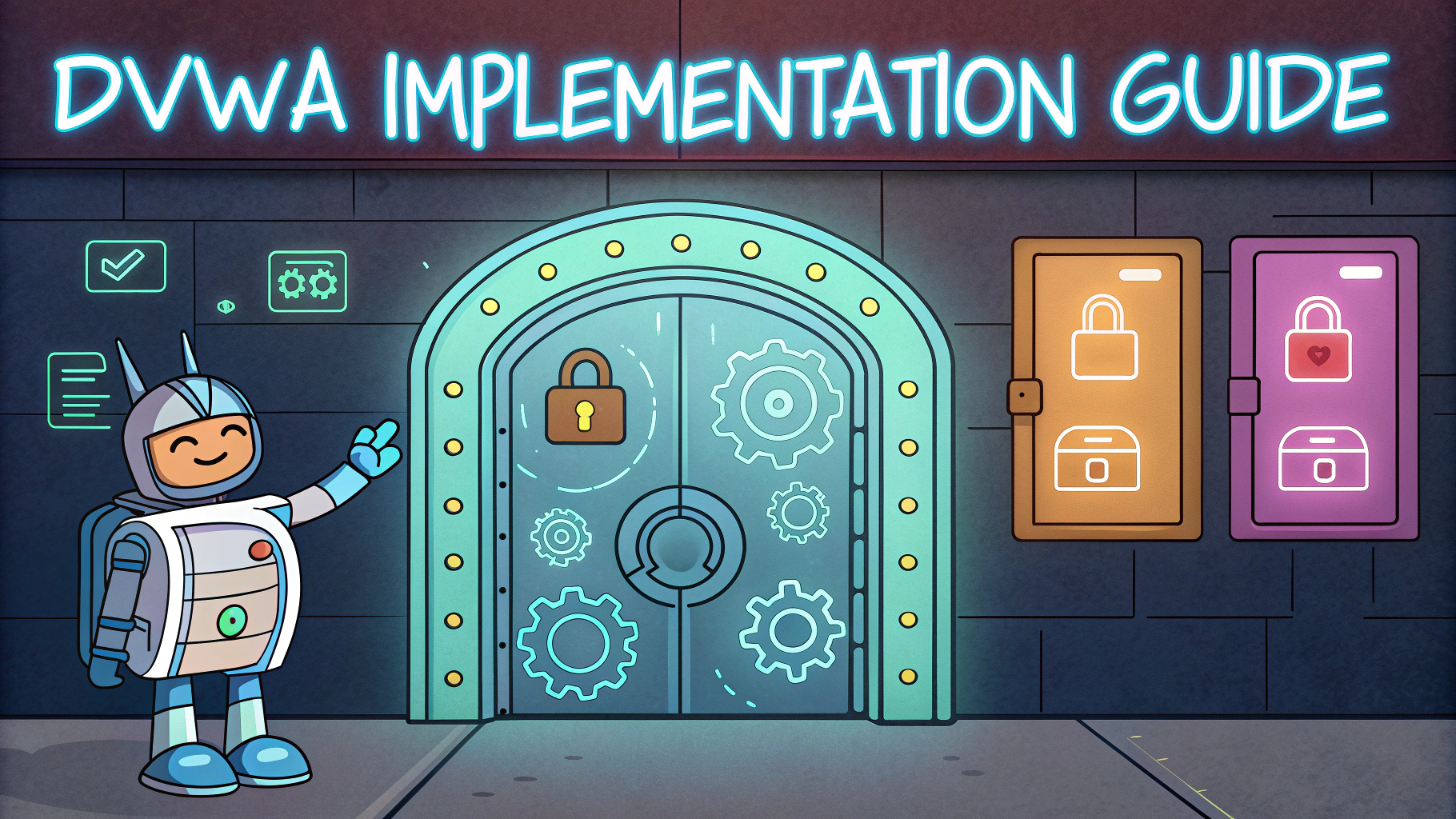Building a secure Active Directory testing environment allows security professionals to practice penetration testing techniques safely and legally.
This quick guide covers setting up an isolated lab environment for conducting Active Directory security assessments and attack simulations.
Learning Active Directory penetration testing requires hands-on practice, but must be done ethically in controlled lab conditions to avoid legal issues.
Setting Up the Lab Environment
The basic lab setup requires at least one Windows Server machine as the Domain Controller and 1-2 Windows client machines as domain members.
- Windows Server 2016/2019 (Domain Controller)
- Windows 10 Pro/Enterprise (Client machines)
- Virtualization software (VMware Workstation/VirtualBox)
- Kali Linux VM for attack tools
Network Configuration
Create an isolated virtual network to prevent lab activity from affecting production systems.
- Set up NAT or Host-only networking in your virtualization platform
- Use a separate subnet (e.g. 192.168.56.0/24)
- Disable internet access when running attacks
Domain Controller Setup
Configure these essential services on the Windows Server:
- Active Directory Domain Services (AD DS)
- DNS Server
- Group Policy Management
Common Attack Scenarios to Practice
- Password spraying
- Kerberoasting
- Pass-the-hash attacks
- Token impersonation
- BloodHound enumeration
- Golden ticket attacks
Essential Testing Tools
Install these tools in your Kali Linux VM:
- Impacket – Collection of Python scripts for network protocols
- Responder – LLMNR/NBT-NS/mDNS poisoner
- Mimikatz – Credential dumping tool
- PowerSploit – PowerShell post-exploitation framework
- BloodHound – Active Directory visualization tool
Lab Security Considerations
- Never connect lab machines to production networks
- Use unique passwords different from production
- Snapshot VMs regularly to restore clean states
- Monitor resource usage on host machine
Practice Scenarios
Start with these basic scenarios:
- Domain enumeration with PowerView
- Local privilege escalation
- Lateral movement techniques
- Domain privilege escalation
- Persistence mechanisms
Next Steps for Your Testing Lab
Join online communities for Active Directory security testing:
- HackTheBox Academy (https://academy.hackthebox.com)
- TryHackMe AD Labs (https://tryhackme.com)
- OSCP Labs (https://www.offensive-security.com)
Documentation Best Practices
Maintain detailed documentation of your testing activities:
- Record configuration settings
- Document attack workflows
- Screenshot important findings
- Track successful/failed techniques
- Note system changes and modifications
Advanced Lab Configurations
Additional Services
- Certificate Services
- Web Services (IIS)
- SQL Server instances
- File shares with varying permissions
Security Controls
- Antivirus solutions
- SIEM implementation
- Network monitoring tools
- EDR solutions
Common Lab Challenges
- Resource limitations on host machine
- Network connectivity issues
- Software compatibility problems
- VM performance optimization
- Backup management
Building Your Security Testing Skills
Enhance your lab experience with these steps:
- Follow structured learning paths
- Participate in security communities
- Document and share findings
- Stay updated with new attack techniques
- Practice defensive measures
Mastering Active Directory Security
A well-configured lab environment is essential for developing Active Directory security expertise. Regular practice, proper documentation, and continuous learning will help build the skills needed for effective security testing and defense.
Remember to always conduct testing ethically and maintain lab isolation to ensure safe and legal practice environments.
FAQs
- What is an Active Directory Practice Lab and why do I need one for penetration testing?
An Active Directory Practice Lab is a controlled environment where security professionals can safely test and practice Active Directory exploitation techniques without legal consequences or damaging production systems. - What are the minimum requirements to set up an Active Directory Practice Lab?
You need a hypervisor (like VMware or VirtualBox), Windows Server for Domain Controller, at least one Windows client machine, minimum 8GB RAM, 100GB storage space, and preferably a dedicated machine for virtualization. - Which tools are essential for Active Directory penetration testing in a lab environment?
Essential tools include PowerView, BloodHound, Mimikatz, CrackMapExec, Responder, Empire, Rubeus, and PowerSploit. Kali Linux is also recommended as the attack platform. - How do I properly configure user accounts and permissions for testing privilege escalation?
Create multiple user accounts with varying permission levels, implement common misconfigurations like nested groups, create service accounts, and set up GPOs with deliberate security flaws. - What are the common attack vectors I should practice in an AD lab?
Focus on Kerberoasting, Pass-the-Hash, Golden Ticket attacks, LLMNR/NBT-NS poisoning, relay attacks, privilege escalation, and domain persistence techniques. - How can I simulate real-world Active Directory vulnerabilities in my lab?
Configure weak password policies, leave default credentials, set up insecure service accounts, enable outdated protocols, and create misconfigured ACLs and delegation settings. - What security logging should I enable to practice detection techniques?
Enable Windows Event logging, particularly security events 4624, 4625, 4648, 4768, 4769, and 4776. Set up Windows Defender and Sysmon for enhanced monitoring. - How do I ensure my AD lab environment remains isolated from my production network?
Use an isolated virtual network, disable internet access for lab machines, configure separate virtual switches, and never connect lab machines to production networks. - What are the best practices for documenting penetration testing findings in an AD lab?
Document attack paths, successful exploit techniques, system configurations, command outputs, and maintain detailed logs of all testing activities for future reference and learning. - How often should I reset or rebuild my AD lab environment?
Reset the lab environment after major testing sessions, create regular snapshots, and completely rebuild every few months to ensure a clean testing environment and practice deployment skills.

